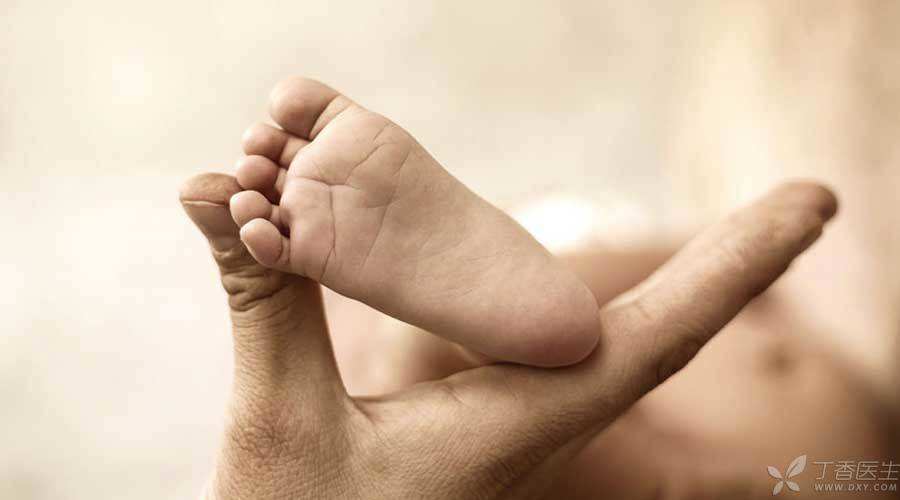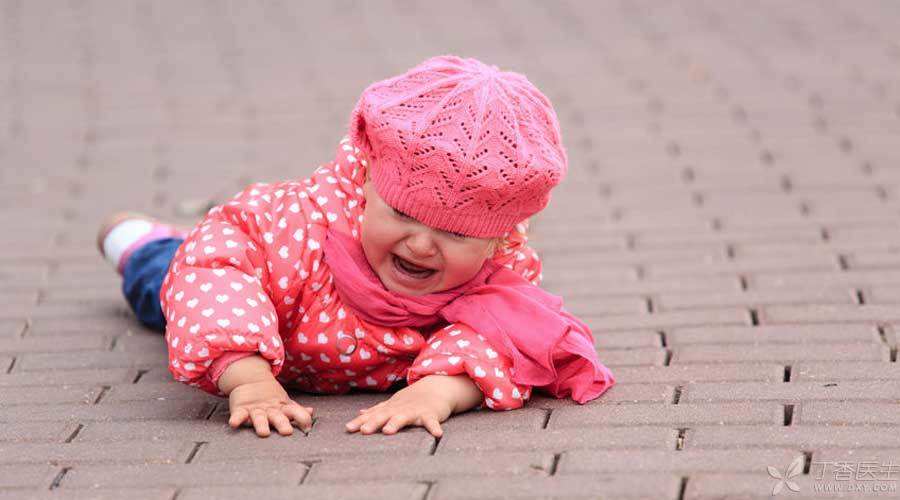The baby starts to stand and walk, which means that the baby’s growth has reached a new milestone. Parents all expect their baby to walk steadily and well. But babies who have just learned to walk always have various situations.
My treasure stands on tiptoe from the beginning of walking. Will it suffer from what?
The baby’s walking is an internal horoscope. How can he look good in the future?
Is it calcium deficiency that the baby wrestles when walking?
Today, Dr. Clove invited Dr. Xu Ying for everyone to talk about walking.
The baby walks late?
Although for most children, starting to learn to walk around the age of 1 can already walk steadily or even run at the age of 15 months, each child is unique and each child’s development will be different.
Baoma and Baopa should not worry too much and guide them slowly. From sitting alone, climbing, standing and holding around to learning to walk step by step. Step by step, water will follow suit.
It is not recommended to hold the toddler, toddler belt and toddler cart, which are the toddler methods that promote the growth of young people. Parents had better follow two principles: [not to participate too much] and [to encourage too much].
Note:
If parents find that if the baby has not learned to walk for 18 months, or other sports exceed the following age, it is a sign of backwardness, they need to see a doctor in time and let the doctor help them check.
Four and a half months still can’t help sit;
Can’t turn over for 6 months;
Can’t sit alone for 8 months;
I can’t stand on my hand for 10 months.
I can’t walk for 18 months, and I can’t master the walking mode of heel and toe for several months after walking, or I can’t walk on toe.
2.5 years old still can’t jump on both feet;
At the age of 3, he cannot climb stairs well or wrestle frequently.
At the age of 3, I can’t stand on one foot for a while.
The child walked with his feet in hand.

During the toddler period, tiptoe is a normal physiological phenomenon. The child’s heel tendon development is not complete, and he is not skilled in controlling the heel to maintain body balance. Tiptoe will slowly disappear as the child walks more and more skillfully.
After walking, I will still stand on tiptoe. Occasionally, the baby may be fond of playing and need not worry too much.
Note:
When the baby learns to walk, don’t lead the baby to walk. When the parents lead the baby to walk, the baby is supported by upward strength, and the toes are the first to touch the ground. Holding the baby to walk will not only lead to the baby stepping on his feet, but also lead to the injury of the baby’s arm if he does not pay attention to it. Parents are tired of waist soreness and backache, and the baby cannot get good exercise.
There are also some children who do not stand on tiptoe when practicing walking, but whose legs and feet are tight and toes are like ballet dancing, or who are still toes on the ground after the child has already walked skillfully. This may be a sign of increased muscle tension and need to be examined in the hospital.
Inner Eight Characters

The baby who has just started to learn to walk is not flexible enough and the support of his lower limbs is not strong enough. In order to maintain his balance, it is easier for the child to master the balance with his small feet horizontally. This kind of internal horoscope will appear, which is a relatively normal phenomenon.
Usually, after a period of time, most of this phenomenon will disappear after the child slowly walks steadily.
Note:
If you have mastered walking for several months, you still have eight characters, which need to be examined by a surgeon, and some children need to correct their walking posture.
Walk with a limp

Lame is a very common condition, and there are many reasons for lame.
It may just be sand in your shoes, broken toes, fingernails or pulled muscles. After dressing your toes or taking a short rest, you will get better.
Note:
It is suggested that if there is no obvious improvement after 24 hours of observation, and the child still has severe limp or even pain and refuses to walk, he should see a doctor in time.
Walking and wrestling

Children often wrestle when walking, isn’t it [rickets] and calcium deficiency?
In the process of walking, muscles are the source of strength to support bones to walk and stand.
Therefore, children love to fall or walk unsteadily, because the muscle strength is not enough, and it has nothing to do with bone [calcium deficiency]. If the child just walks unsteadily and stands well, it is not a bone problem.
For healthy children, the development process of large-scale exercise is the process of exercising muscle strength.
Note:
Parents should pay attention to exercise guidance and practice lying prone from an early age, which will play an important role in children’s sitting, standing, climbing and walking in the future. Children slowly have enough strong strength to walk without wrestling.
There is also a situation where children have difficulty squatting and uncoordinated movements in addition to frequent wrestling. They do not improve with age and need to go to a hospital to check whether there are congenital muscle diseases.
